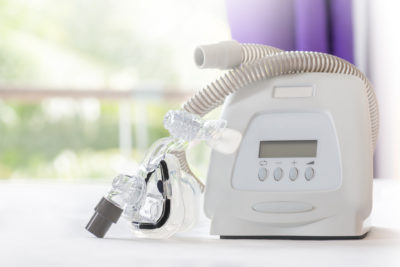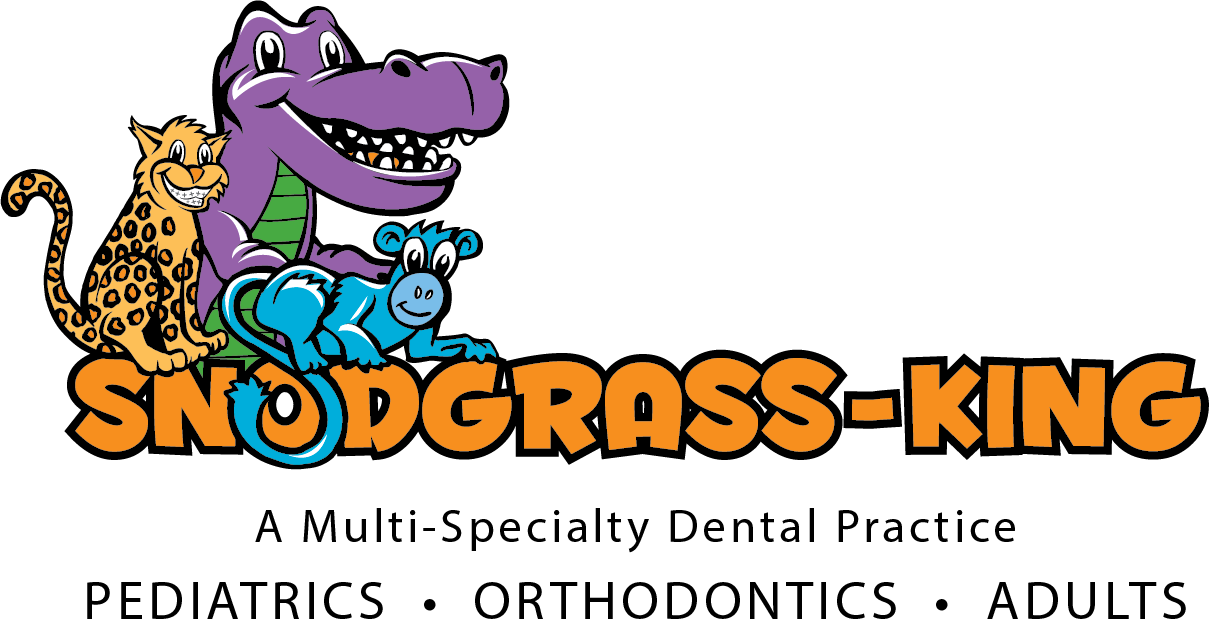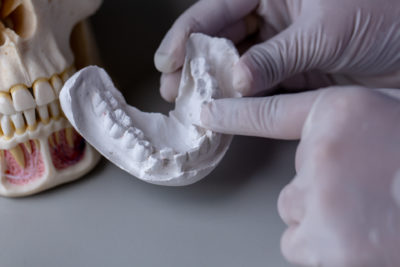ORTHODONTIC TREATMENT INFORMATION
Snodgrass-King Orthodontists are trained in everything from early interceptive orthodontics to adult full treatment care. Every treatment option from appliances to Invisalign can be utilized by our specialists.
WHAT TO EXPECT DURING YOUR FIRST ORTHODONTIC APPOINTMENT
We appreciate your desire to seek the best orthodontic treatment for you or your child. Our first priority is to provide the highest quality of treatment. We pride ourselves on our patient respect and assure you the best possible results. Learn what you can expect at your first orthodontic appointment with us.
COMMON BITE PROBLEMS
If your jaws don’t line up, your teeth don’t meet. The same is true if your teeth are turned, crowded, or missing. Bite problems fall into three main classes. You may have one or more of these common bite problems.
Jaws line up – Normal bite with crooked teeth (Class I): Jaws line up, but teeth may be crowded, turned, or spaced apart, some may be trapped in the bone under the gum surface (impacted).
Jaws don’t line up – Overbite (Class II): Upper jaw is too large and sticks out (protrudes) over the lower jaw. Or the lower jaw is too small and too far back. Upper teeth protrude, often called “buckteeth.”
Jaws don’t line up – Underbite (Class III): Lower jaw is too large or too far forward. Or the upper jaw is too small. Lower teeth close in front of upper teeth.
Get more detailed information about common bite problems here.
OTHER COMMON ORTHODONTIC PROBLEMS
Other problems can occur even when the jaws line up well. The problems below may happen on their own or along with one of the classes described above.
Open Bite: Some of the back teeth close well, but other teeth don’t meet.
Closed (Deep) Bite: Upper teeth overlap lower teeth too much. Lower front teeth may hit the roof of the mouth while chewing.
Crossbite: Some of the upper teeth close behind lower teeth.
Want to learn more about the common orthodontic problems we see? Explore our post, Common Orthodontic Problems | Mountains & Molehills.
ORAL APPLIANCE THERAPY
Custom-made oral appliances reposition the tongue and lower jaw forward during sleep to maintain an open airway. Dentists trained in dental sleep medicine know how to select, fabricate, fit, and adjust these devices, which look like mouth guards, to help patients breathe freely during sleep.
Suffer from sleep apnea? Click the link below to learn more.
BRACES ARE FOR ADULTS TOO!
Whether you’d like traditional, or clear orthodontic alternatives, we are sure we can find a solution tailored to your needs and goals. You are never too old to benefit from orthodontic treatment. Today, adults make up about 30% of orthodontic patients. Feel free to explore the costs associated with orthodontic treatment, or call us if you have any questions.
ORTHODONTIC FREQUENTLY ASKED QUESTIONS
PEDIATRIC ORTHODONTICS
How long are orthodontic appointments?
This depends on the type of appointment. Your first visit will be an assessment and should only take 20 minutes or so plus asking any questions you may have. Getting braces on or off will take closer to two hours. Adjusting your braces is much quicker but you will have more frequent appointments.
How often are orthodontic appointments?
The patients we see the most frequent are when we are adjusting or fixing braces. We will see them on an as-needed basis and/or every 4 to 6 weeks. After this, it may only be once every 6 months for a check-in.
What happens at your first orthodontic appointment?
Your first orthodontic appointment is for you to get to know us, for us to get to know you, and for an initial look at those pearly whites. We may take some pictures or some molds of your teeth to help us get an idea of the best choices for you.
Is pediatric orthodontics covered under insurance?
Pediatric braces are only covered under insurance when they are deemed medically necessary.
SLEEP APNEA & ORTHODONTICS
What is sleep apnea?
When something stops part or all of your upper airway while you sleep, you have obstructive sleep apnea. To expand your airway and bring air into your lungs, your diaphragm and chest muscles must work harder. Your breathing may become shallow, or you may even stop breathing for a brief period of time. With a loud gasp, snort, or body jerk, you normally begin to breathe again. It’s possible that you’re having trouble sleeping.
How to diagnose sleep apnea?
Sleep apnea may be diagnosed by conducting several sleep tests either at home or at a sleep center.
Is sleep apnea dangerous?
Sleep apnea can be dangerous depending on the severity. Some complications of sleep apnea are:
- Daytime fatigue
- High blood pressure or heart problems
- Type 2 diabetes
- Metabolic syndrome
- Complications with medications and surgery
- Liver problems
- Sleep deprivation and sleep-deprived partners
How to treat sleep apnea
The optimum treatment for obstructive sleep apnea is determined by a variety of criteria, including the severity of your condition, the physical anatomy of your upper airway, any other medical conditions you may have, and your personal preferences. Selecting the appropriate treatment choice for you should be done in consultation with your doctor or a sleep specialist. Options include:
- CPAP (Continuous Positive Airway Pressure)
- Mandibular advancement device (MAD)
- Tongue Retaining Device
- Oral Appliance Therapy
How effective are oral devices for sleep apnea?
CPAP is proven to be the most effective treatment for obstructive sleep apnea but it may also cause other minor side effects such as:
- Constriction feelings caused by the face mask
- Mouth ache or dryness
- Nasal congestion, a runny nose, sinusitis, or nosebleeds are all symptoms of sinusitis
- Irritation and sores on the nose’s bridge
- Bloating and discomfort in the stomach
- Muscle pain in the chest
What is oral appliance therapy?
While you sleep, an oral appliance fits over your teeth like an orthodontic retainer and keeps your airway open by supporting your jaw in a forward posture. A custom-fit dental appliance can help you sleep better, be more awake, and feel better overall.
Where can I buy an oral appliance for sleep apnea?
Your doctor can assist you in how and where to buy the best solution for you.
What is the best oral appliance for sleep apnea?
The best appliance for sleep apnea depends on several factors including your symptoms and your doctors thoughts.
QUESTIONS ABOUT CROWDED TEETH
How to fix crowded teeth?
There are numerous solutions for crowded teeth. You can correct overcrowded teeth with braces, Invisalign, or home orthodontic treatment (minor cases). Restraints, orthodontics and veneers can also correct some cases of crowding. Talk to a doctor to see what is the best solution for you.
How do braces work on crowded teeth?
Brackets and wires are attached to your teeth. Over time, the wires will be adjusted to guide the teeth into a better, less-crowded shape.
What causes crowded teeth?
There are a few reasons why teeth become crowded:
- If the teeth are larger than the jawbone (genetically), the teeth do not fit properly and tend to overlap or become crooked. Some people are born with smaller jaws (genetically), which can lead to crowding as the permanent teeth erupt.
- If you lose a primary tooth too soon, other teeth can move into the empty space.
- If the permanent teeth do not erupt properly due to excessive retention of baby teeth. This is the phenomenon of teeth loosening but then hugging the gums, preventing the growth of permanent teeth. Dentists often extract fallen teeth that are too conservative to properly erupt permanent teeth. If not removed they often lead to crowded teeth.
Can crowded teeth cause headaches?
Yes. Teeth pushing on each other can cause headaches and migraines.
HELPFUL RESOURCES
- Is your child new to braces? Learn the safe eats when Halloween comes around to avoid broken brackets and wires.
- Explore the common orthodontic problems you or your child may be dealing with.
- Read through our orthodontic cleaning guide, for parents who aren’t dentists.


